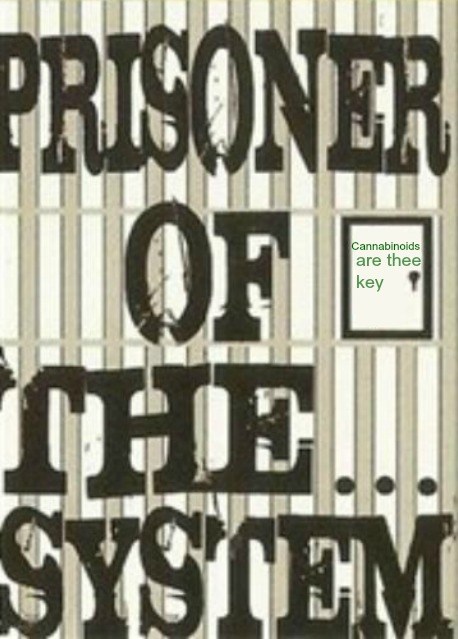[Epub ahead of print]
Nitric oxide-dependent LTD but not endocannabinoid-LTP is crucial for visual recognition memory.
Source
University of Bristol;
Abstract
Synaptic plasticity in perirhinal cortex is essential for recognition memory. Nitric oxide (NO) and endocannabinoids (eCBs), which are produced in the postsynaptic cell and act on the presynaptic terminal, are implicated in mechanisms of long-term potentiation (LTP) and long-term depression (LTD) in other brain regions. In this study we examine these two retrograde signalling cascades in perirhinal cortex synaptic plasticity and in visual recognition memory in the rat. We show that inhibition of NO-dependent signalling prevented both carbachol- and activity (5Hz)- dependent LTD but not activity (100 Hz theta burst)-dependent LTP in the rat perirhinal cortex in vitro. In contrast, inhibition of the eCB-dependent signalling prevented LTP but not the two forms of LTD in vitro. Local administration into perirhinal cortex of the NOS inhibitor NPA (2 μM), disrupted acquisition of long-term visual recognition memory. In contrast, AM251 (10 μM), a CB1 antagonist, did not impair visual recognition memory. The results of this study demonstrate dissociation between putative retrograde signalling mechanisms in LTD and LTP in perirhinal cortex. Thus LTP relies on cannabinoid but not NO signalling whilst LTD relies on NO- but not eCB-dependent signalling. Critically, these results also establish for the first time that NO-, but not eCB-dependent signalling is important in perirhinal cortex-dependent visual recognition memory.
KEYWORDS:
Endocannabinoids, Nitric oxide, Perirhinal cortex, Retrograde transmission, Synaptic plasticity, Visual recognition memory


